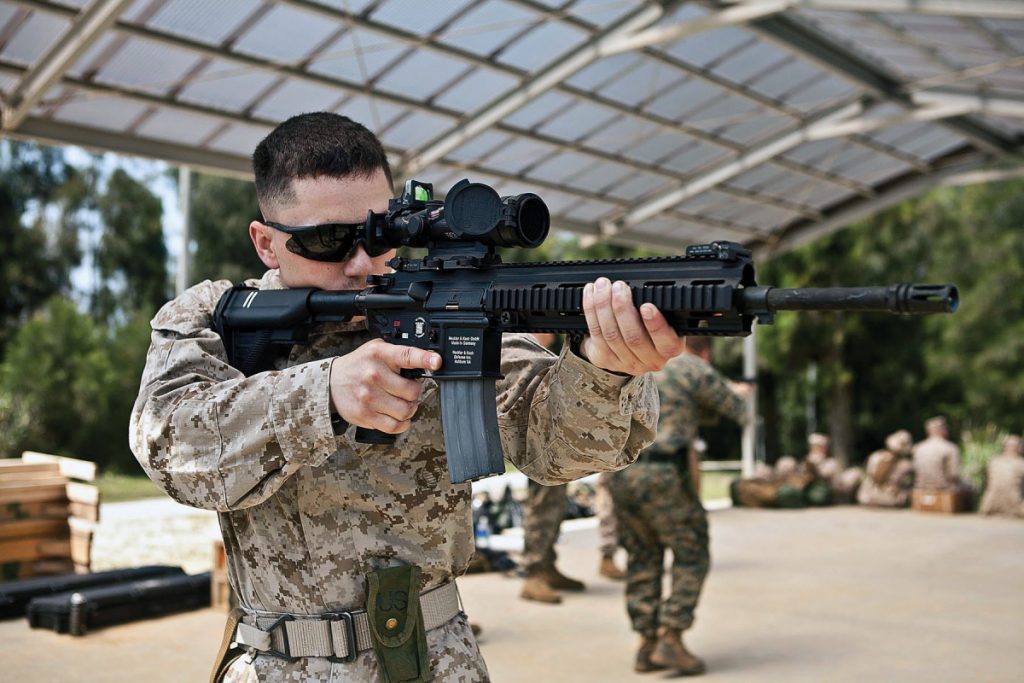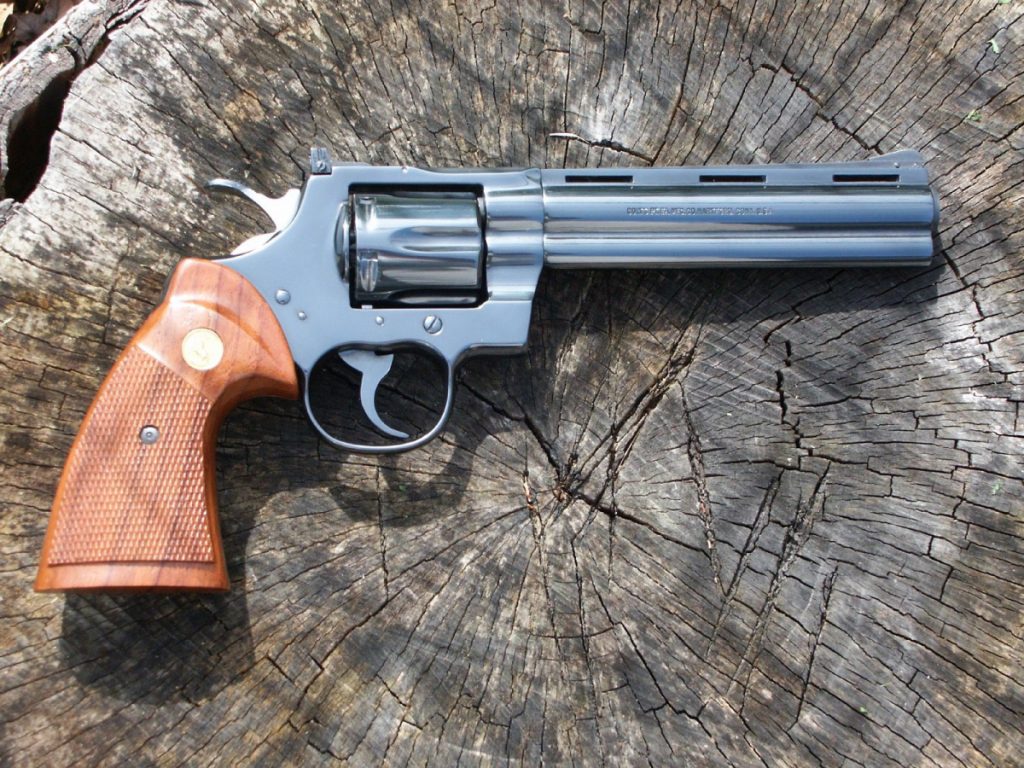Via Say Uncle, this comes to us from Tam.
Super Vel Ammo: I have to vent.
What kills me is how they’re hyping 90gr +P .38 Spl & 9mm and 185gr +P .45ACP bullets as if the last thirty years of accumulated terminal ballistics knowledge hadn’t even happened.
Flying dimes with no sectional density moving at Warp Factor Six are how we got Miami and then wound up spending twenty years wandering in the .40 caliber wilderness, and the shit is being pimped by people who should goddam well know better because, I dunno, Cameron Hopkins is a nice guy or something and the boxes make older gunwriters feel nostalgic.
Oh dear. The lady doth annoy me sometimes. So let’s discuss this a bit. She’s referring to sectional density, which is technically calculated as the ratio of mass over the cross sectional area, or SD = M/A. The gun community simplifies that by ignoring the value of Pi in the computation of area, and converting mass in grains to pounds with the conversion of 7000 grains per pound. Like this.
SD = M / (7000 X r^2)
The resultant value is dimensionless and totally meaningless unless in the context of comparison to the sectional densities of other bullets. So for instance, the 230 grain .45 ACP bullet has a sectional density of 0.162, while the 185 grain bullet has a SD of 0.130.
But in reality, the lighter bullets aren’t travelling at “Warp Factor Six,” and a 185 grain .45 ACP isn’t a “flying dime” compared to any handgun round on earth. And as for that matter, the 45 grain 22 magnum round has a SD of 0.128, which is reasonably close to that of the 185 grain .45 ACP. Does that mean we should all dump whatever we currently shoot and adopt the .22 WMR?
No it doesn’t, because SD isn’t the only thing on earth to consider. If it was, then Lucky Gunner would show that the penetration and expansion of 185 grain rounds sucked, while the 230 grain rounds succeeded. Oops. Guess she got that one wrong.
There are multiple things to consider, like (a) velocity, (b) consistent expansion, (c) penetration depth, (d) wound track, etc. I’ve pointed out before that while I shoot the .45 ACP and I like it, I also like much higher velocity rounds. Let’s rehearse what we saw with the FN 5.7 shot at Fort Hood.
The FN 5.7 pistol is constantly maligned or underestimated in many gun forums and articles, often by people who have never experienced shooting the pistol. Subjective comparisons with the .22 magnum or categorization as a sub-par .223 round create confusion about the effectiveness of the FN 5.7.
Enough time has passed after the terrorist attack at Ft. Hood. The shooter, Nidal Malik Hassan, has been arrested, tried and sentenced. The media has moved on. Now we can begin to analyze the impact of the FN 5.7 and address the question of lethality.
Using SS192 and SS197SR ammunition (common commercial 5.7×28 ammo), several 20-30 round magazines and an FN 5.7 (shooter also had a .357 revolver but did not use it), Hassan killed 13 and wounded 32 people.
Many armchair ballistics expert criticized this result as proof that the FN 5.7 platform is not lethal enough because of the proportion of the fatalities to the wounded. Others have proposed that had Hassan use another type of pistol, 9mm or .45, there would have been more fatalities.
If you look at this Wikipedia link and look at the list of casualties, one can come to a very eye-opening conclusion.
Fort Hood shooting – Wikipedia, the free encyclopedia
1. 11 people were shot center-of-mass (COM), one was shot in the stomach and one was shot in the head. All 13 died. All 11 victims who were shot COM did not survive.
2. 3 of the 13 people who died, tried to charge Hassan, but he stopped them with COM shots.
3. The 32 people who were wounded were hit in the arms, legs, hips and shoulders. None of the wounded survivors were shot COM.
The following conclusions can be drawn:
1. The FN 5.7 is a very lethal round CQB because all 11 victims who were shot COM died. No survivors for those hit COM.
2. The FN 5.7 is a real stopper, because 3 tried to charge Hassan at close range and were stopped by COM shots.
3. One of the fatalities was shot in the stomach, and died. The fragmentation of the SS197R round can create a hail of metal shards that can cause serious internal organ damage and bleeding in the stomach.
4. None of the 32 people who were hit in the extremities, hips and shoulders were able to muster a counter-attack because the FN 5.7 must have shattered or broken bones. The high rate of wounded vicitms to fatalities was the direct result of the shooting ability of Hassan (or lack thereof), and not because the 5.7×28 round is not lethal.
5. Sgt. Kimberly Munley (base civilian police), one of the first responders, was immediately disabled with 5.7×28 bullet shrapnels to her wrist and a second 5.7×28 bullet broke her femur. The light 5.7×28 commercial ammo showed that it can shatter large bones due to its velocity
6. According to medical personnel, there was so much blood in the room that it was difficult to get to the victims because the floor became very slippery. One can conclude that the commercial 5.7×28 rounds can fragment or tumble, causing immense blood loss.
7. It took five bullets (which I assume was a 9 mm) from Sgt Mark Todd to stop Hasan. And he survived his wounds (no available info on where he was hit, except that one of the bullets paralyzed Hasan).
In conclusion:
1. The FN 5.7 is definitely a very lethal round. 100% fatality for COM shots.
2. The FN 5.7 is a man-stopper. Three military men tried to charge Hasan, and all three were stopped.
2. The FN 5.7 is a very incapacitating round, if extremities are hit, because it is powerful enough to break the femur (which is the largest bone in the body)
3. The fragmentation or tumbling effect of commercial ammo can cause a lot of blood loss.
The FN 5.7 is a very effective weapon. It is as effective as, or arguably more effective, than any military or civilian pistols in the market.
It is unfortunate that the jihadist Hassan used this weapon against U.S. soldiers.
I have an FN 5.7. You don’t want to be shot with that round, especially not the ammunition travelling 2200 FPS (the red box ammunition versus the blue tip sporting rounds). Velocity isn’t everything. If it was, I’d carry a 6″ barrel .357 magnum with me everywhere. There is the issue of weight, shape, form, and so on the list goes.
But oversimplifying this to some idiotic rant about turning back the hands of time on 30 years of research is silly and does nothing to serve the gun community.
By the way, there is nothing wrong with the .40 S&W, even though she likens it to wandering in the wilderness for 20 years, any more than there is anything wrong with the 10 mm (which is similar). The notion of high velocity round to which she refers can be studied here. The comments are laughable. There is this one.
In the ’60’s I was a cop in a moderate size PD in Texas, an officer shot a suspect in the chest three times with .357 Super Vel 110 grain bullets. Even though the bullets were traveling 10,000 miles an hour none of the three penetrated past the ribcage and they expanded well and destroyed his ribcage he almost knocked the officer down running passed him. The next day Super Vel was removed from my revolver.
If you believe that someone shot someone else with three .357 magnum rounds, or even one of them, and it failed to penetrate past the rib cage (in other words, it only penetrated the clothes and skin), then you’re dumber that a box of rocks. That cop missed. Or the person was lying about what happened. He was fabulating.
Be careful what you read on the interwebz.





